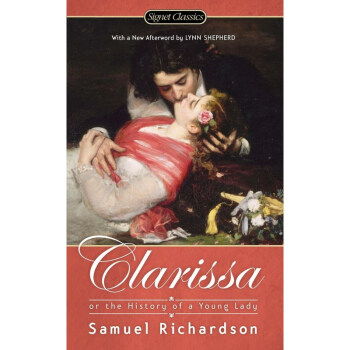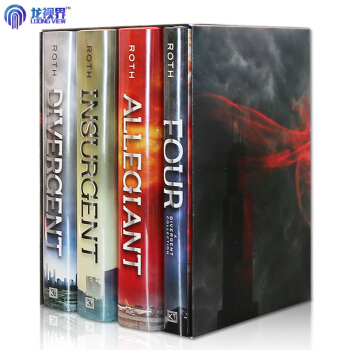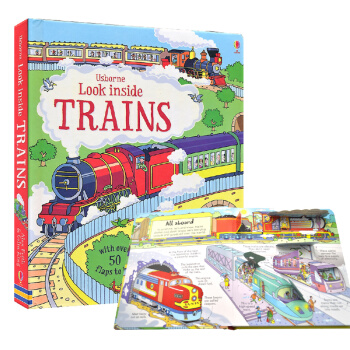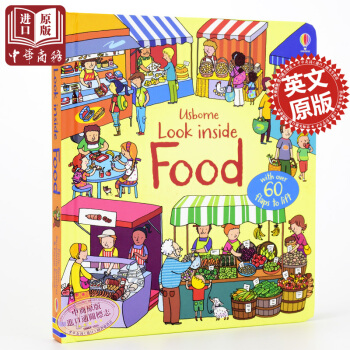![Rendering in Pen and Ink: The Classic Book on Pe [平装]](https://pic.windowsfront.com/19485605/5469df94N77090fb1.jpg)

具体描述
内容简介
Arthur L. Guptill's classic "Rendering in Pen and Ink" has long been regarded as the most comprehensive book ever published on the subject of ink drawing. This is a book designed to delight and instruct anyone who draws with pen and ink, from the professional artist to the amateur and hobbyist. It is of particular interest to architects, interior designers, landscape architects, industrial designers, illustrators, and renderers. Contents include a review of materials and tools of rendering; handling the pen and building tones; value studies; kinds of outline and their uses; drawing objects in light and shade; handling groups of objects; basic principles of composition; using photographs, study of the work of well-known artists; on-the-spot sketching; representing trees and other landscape features; drawing architectural details; methods of architectural rendering; examination of outstanding examples of architectural rendering; solving perspective and other rendering problems; handling interiors and their accessories; and finally, special methods of working with pen including its use in combination with other media. The book is profusely illustrated with over 300 drawings that include the work of famous illustrators and renderers of architectural subjects such as Rockwell Kent, Charles Dana Gibson, James Montgomery Flagg, Willy Pogany, Reginald Birch, Harry Clarke, Edward Penfield, Joseph Clement Coll, F.L. Griggs, Samuel V. Chamberlain, Louis C. Rosenberg, John Floyd Yewell, Chester B. Price, Robert Lockwood, Ernest C. Peixotto, Harry C. Wilkinson, Bertram Grosvenor Goodhue, and Birch Burdette Long. Best of all, Arthur Guptill enriches the text with drawings of his own.作者简介
Arthur L. Guptill (1891-1956) who co-founded Watson-Guptill Publications and was co-editor of American Artist magazine, was an architect, a painter, an art director, an author, and a teacher. Born in Gorham, Maine, he graduated with a degree in architecture from Pratt Institute in 1912, and then studied at the Massachusetts Institute of Technology. A partner in Bearse & Guptill, architectural designers and illustrators, from 1919 to 1925, Mr. Guptill was a freelance specialist in design, freelance advertising artist, and advertising agency consultant from 1916 to 1937. The founder, president, and director of activities of the Amateur Artists Association of America, Mr. Guptill wrote numerous art instruction books. He taught at Pratt and the Brooklyn Museum and was a member of the Art Directors Club of New York and a fellow of the Royal Society of Arts in England. Susan E. Meyer was born and raised in New York City. She was graduated from the University of Wisconsin and attended the Universita per Stranieri in Perugia, Italy. Ms. Meyer has had a long history of involvement with Arthur Guptill's work. For over seven years, as managing editor of Watson-Guptill Publications, the company he co-founded, she compiled and edited his books. In that capacity, she also compiled, edited, and collaborated on a number of other books on watercolorists and their techniques, painting portraits, and designing with type. In addition, Ms. Meyer was editor of American Artist magazine, where Guptill himself was once co-editor. She is the author of over a dozen books and is currently the director of Roundtable Press, Inc. in New York City.,,用户评价
说实话,我拿到这本书的时候,内心是有些忐忑的,毕竟“经典”二字往往意味着晦涩难懂或者年代久远,内容可能跟不上现代的审美需求。但出乎意料的是,这本书的编排逻辑清晰得令人赞叹。它没有直接抛出复杂的技巧,而是从最基础的握笔姿势和墨水选择开始,循序渐进地引导读者进入这个迷人的世界。我尤其欣赏它在探讨“观察力培养”上花费的篇幅。作者反复强调,好的钢笔画源于深入的观察,而不是单纯的模仿线条。书中穿插了大量的写生案例,那些对建筑阴影角度的精准捕捉,对自然景物(比如树叶的脉络、岩石的粗粝感)的处理方式,都展示了一种近乎严谨的科学态度与艺术感性的完美结合。对于那些希望将钢笔画作为一种记录生活、捕捉瞬间工具的读者而言,这本书提供的不仅仅是技法,更是一种观察世界的全新视角和方法论。
评分这本书的装帧和印刷质量也值得称赞,这对于一本强调视觉效果的书籍来说至关重要。墨水的层次感、纸张的吸墨效果,在实际印刷品上得到了非常好的还原。我特别喜欢其中关于“水洗墨”和“刮擦技法”的章节。在很多以线条为主导的艺术书籍中,这些涉及墨水与其他媒介结合的实验性内容往往是一笔带过,但在这里,作者却花费了大量的篇幅来探索墨水在湿润状态下与其他颜料的融合、分离、以及刮除后产生的特殊肌理。这些技巧的展示,极大地拓宽了钢笔画的表现边界,让人看到黑白线条艺术之外的丰富可能性。读完这部分,我立刻尝试用湿笔将一些线条“融化”开来,营造出烟雾弥漫的场景,效果出奇地令人满意。它鼓励读者跳出传统思维定势,拥抱材料的无限潜力。
评分这本关于钢笔和墨水绘画的经典著作,简直是艺术爱好者们的一座宝库。我花了整整一个下午沉浸其中,每一个章节都像是一次精心策划的视觉盛宴。作者对光影、纹理以及线条运用的大胆探索,让我对传统的素描和速写有了全新的认识。特别是书中对于不同纸张纹理如何影响墨水渗透效果的详尽分析,简直是教科书级别的干货。我之前总觉得钢笔画受限于单色调,表现力有限,但这本书彻底颠覆了我的看法。它展示了如何通过控制线条的粗细、疏密和笔触方向,来营造出令人惊叹的立体感和氛围感,那种从黑白之间迸发出的生命力,着实让人震撼。不仅仅是技术层面的指导,作者在字里行间流露出的那种对艺术创作的热忱和对细节的执着,也极大地鼓舞了我拿起笔去实践的勇气。这本书对于任何想在钢笔速写或精细插画领域有所建树的人来说,都是一本不可或缺的启蒙读物。
评分从艺术史的角度来看,这本书也具有相当的厚度。它不仅仅是一本操作手册,更像是一部将传统欧洲古典钢笔写实技巧与现代设计理念相结合的桥梁。作者在介绍技法时,总会不经意地穿插一些历史大师的作品作为参照,比如对伦勃朗素描中光影处理的现代应用,或者对十九世纪建筑速写中空间处理的重新诠释。这种文化底蕴的融入,使得整本书读起来不仅有技巧上的收获,更有精神上的滋养。它让我明白,我们现在所学习的每一个运笔方式,背后都承载着前辈艺术家们长久以来的经验积累和审美沉淀。对于那些不仅想画得好,还想理解“为什么这么画”的深度学习者来说,这本书提供的背景知识和理论支撑,远超出了预期的价值。
评分我是一个非常注重实践效果的人,如果一本书光说不练假把式,对我来说价值就不大了。这本关于钢笔墨水表现力的书籍,在“实操指导”这一点上做得极其到位。它不像有些理论书那样空泛,而是提供了大量的步骤分解图,清晰地展示了从起稿到墨线定稿的每一步关键决策。比如,在处理复杂透视的场景时,作者会用不同的墨色批注来区分“结构线”和“表现线”,这对于初学者来说简直是醍醐灌顶。更妙的是,书中还涉及到了如何使用不同硬度的蘸水笔尖来应对不同的画面需求——无论是需要流畅长线的平头笔,还是用于刻画精细高光的尖头笔,都有详细的试笔效果对比。这种高度的实用性和可操作性,让我读完一章后,立刻就能在自己的画板上找到对应的练习方向,而不是仅仅停留在“我明白了”的阶段。
相关图书
本站所有内容均为互联网搜索引擎提供的公开搜索信息,本站不存储任何数据与内容,任何内容与数据均与本站无关,如有需要请联系相关搜索引擎包括但不限于百度,google,bing,sogou 等
© 2025 book.coffeedeals.club All Rights Reserved. 静流书站 版权所有

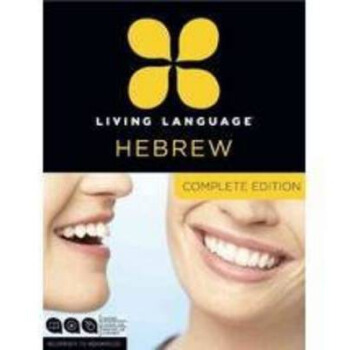
![Lonely Planet Kenya 肯尼亚 孤独星球 [平装] pdf epub mobi 电子书 下载](https://pic.windowsfront.com/19539855/55404b4bN4ba64dfe.jpg)
![Rejection Proof How I Beat Fear and Became Invi 英文原版 [精装] pdf epub mobi 电子书 下载](https://pic.windowsfront.com/19540096/554c928cNdd57288f.jpg)
![Wait a Minute [精装] [6-8 岁] pdf epub mobi 电子书 下载](https://pic.windowsfront.com/19548263/5609f94eNde44414e.jpg)
![Alice's Adventures in Wonderland and Through the 英文原版 [平装] [08--12] pdf epub mobi 电子书 下载](https://pic.windowsfront.com/19564573/5664fbd1N3f9c653e.jpg)
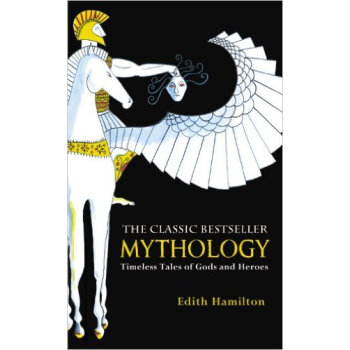
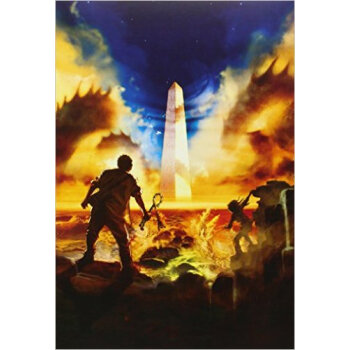
![Ender's Game 英文原版 [平装] pdf epub mobi 电子书 下载](https://pic.windowsfront.com/19641046/578342d1Nd3b7dd09.jpg)

![National Geographic The Photo Ark One Man's Que [精装] pdf epub mobi 电子书 下载](https://pic.windowsfront.com/19689109/57b118cbN07d1c3f5.jpg)
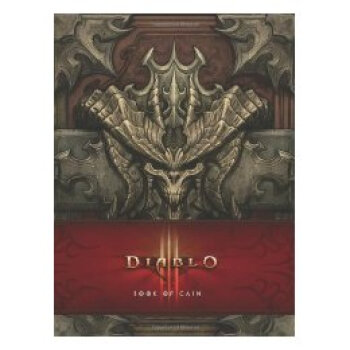
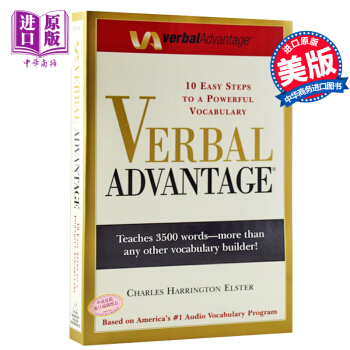
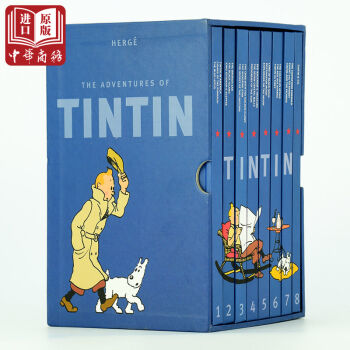
![【中商原版】[英文原版]Look Inside Cars 厄斯本看多点:汽车 pdf epub mobi 电子书 下载](https://pic.windowsfront.com/1121744232/rBEhVlNJMLsIAAAAAAElfLAwCPEAAL1pgMj9NIAASWU788.jpg)
